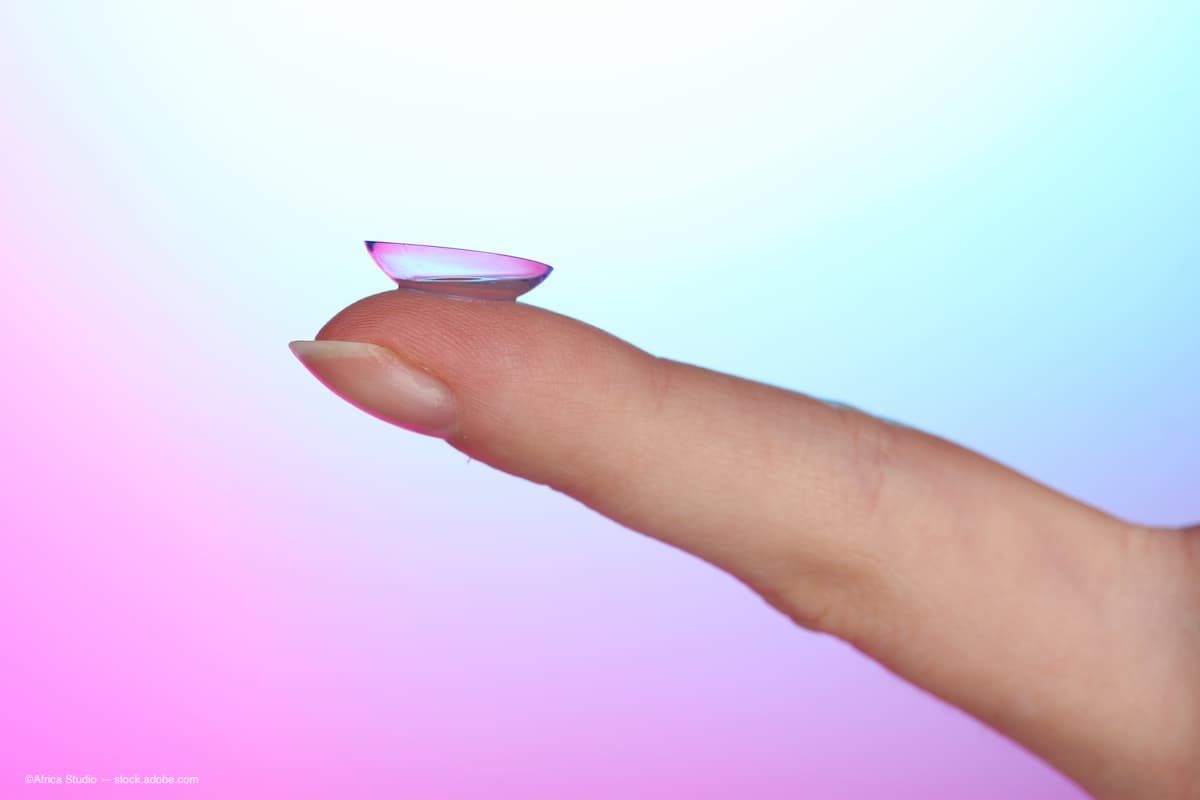News
Video
Envision Summit 2025: AI in the diagnosis of ocular tumors
Author(s):
At the Envision Summit 2025 in San Juan, Puerto Rico, Carol Karp, MD, discussed new research presented by her fellows at the meeting on AI for the diagnosis of ocular surface tumors as well as a new "tear biopsy" for the detection of cancer.
At the Envision Summit 2025 in San Juan, Puerto Rico, Carol Karp, MD, discussed new research presented by her fellows at the meeting on AI for the diagnosis of ocular surface tumors as well as a new "tear biopsy" for the detection of cancer.
Video Transcript:
Editor's note: The below transcript has been lightly edited for clarity.
Carol Karp, MD:
Hi everyone. My name is Carol Karp. I am at the Bascom Palmer Eye Institute in Miami. I'm a professor of ophthalmology with a specialty in cornea and external disease and a passion for ocular surface tumors. So I'm excited to share with you what happened on Friday.
We had two very good sessions. One was a poster session for the fellows, and it's a wonderful opportunity for young people to get involved and be on the podium. And so my fellows presented there and presented interesting work. Number one is AI for the diagnosis of ocular surface tumors, basically with the hope that in the future, a slit lamp photograph from an optometrist or from comprehensive ophthalmologist or even a primary care physician will then be able to be processed and some information will be given. Like this looks suspicious in particular, pterygium, that can be a little funny looking, and you're wondering, maybe this is more than just a pterygium. So that's our hope. And we had 90% accuracy in this AI algorithm that we've developed to interpret slit lamp photographs.
And the other thing that's very exciting and news breaking is that my fellow, Wendy Li presented on a "tear biopsy," I'm going to call it. And what that is, is taking a teardrop–we have developed with Dr. Daniel Pelaez, a test where we can locate and identify whether there may be cancer cells by just doing a "tear biopsy," is what I call it, or tear essay. So this also is something very exciting that we hope will be available to the ophthalmic community, optometrists and ophthalmologists, maybe more. To also identify patients who have complex disease–burns, other things you don't know what's going on, to know if there's something else.
Newsletter
Don’t miss out—get Ophthalmology Times updates on the latest clinical advancements and expert interviews, straight to your inbox.




